
US Imposes 30% Tariffs on EU and Mexico Imports
US President Donald Trump declared a 30% tariff on imports from the European Union and Mexico, effective August 1. This move aims to address the US trade deficit and promote fairer trade conditions. Trump announced the tariffs via Truth Social, signaling a tougher stance on trade relations. The tariffs target a broad range of goods, intensifying existing trade disputes. Despite this, the US continues to express interest in negotiation with the EU to resolve trade imbalances.
The European Union responded by suspending its countermeasures until early August while emphasizing the need for continued talks. European Commission President Ursula von der Leyen reaffirmed the EU’s preference for negotiated solutions, stressing that preparations for countermeasures remain underway should talks fail. EU leaders including French President Emmanuel Macron and German Chancellor Friedrich Merz voiced support for negotiation, warning against the risks of escalating a trade war.
Trade Tensions and Responses from Key Players
Mexico criticized the tariff announcement as unfair, with President Claudia Sheinbaum affirming the country’s commitment to reaching an agreement. Mexican officials highlighted that the tariffs’ goal is ultimately to facilitate a trade deal, but expressed concern over the unilateral decision. Similarly, Canada faces increased tariffs of 35%, which has unsettled industrial sectors and commodity markets, particularly in steel.
European leaders collectively condemned the US decision but remain engaged in dialogue. German Chancellor Merz emphasized working closely with von der Leyen and French President Macron to find a solution within weeks. Italian Prime Minister Giorgia Meloni cautioned against initiating a transatlantic trade war, underscoring the importance of diplomacy in maintaining global market stability.
SuperMetalPrice Commentary:
The imposition of 30% tariffs by the US on key trading partners signals a significant shift toward protectionism, threatening metals and commodity markets globally. The steel sector, in particular, faces increased volatility as tariffs raise costs and disrupt supply chains. While negotiations continue, stakeholders must prepare for potential market instability and price fluctuations. Long-term resolution hinges on balanced trade agreements that respect economic interdependence and foster sustainable growth.


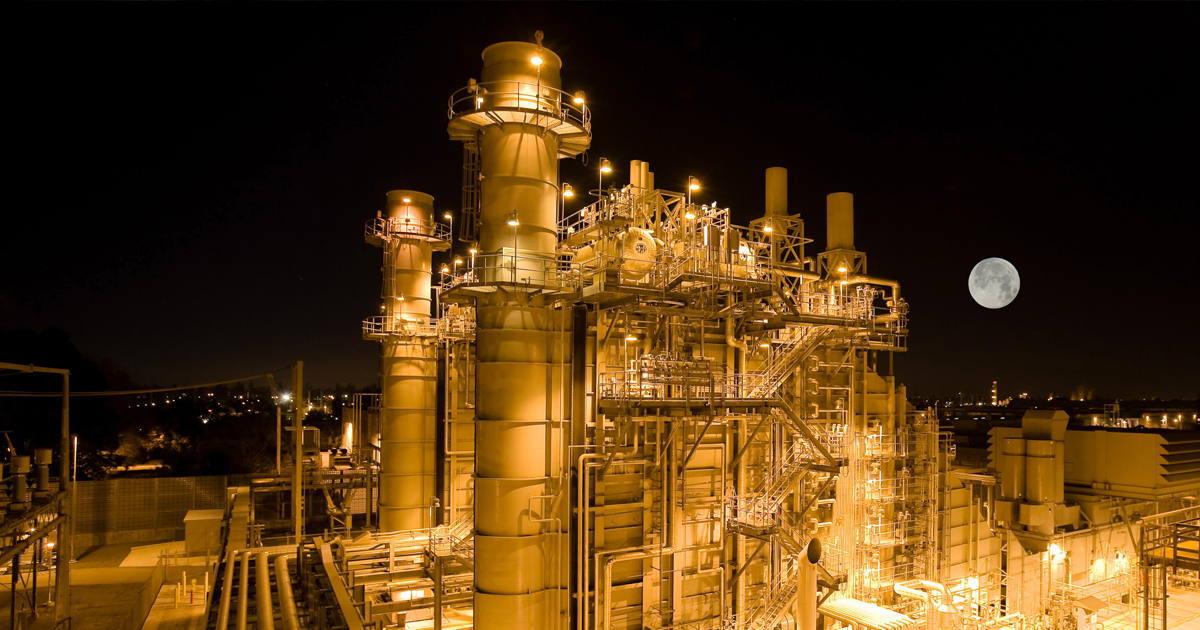

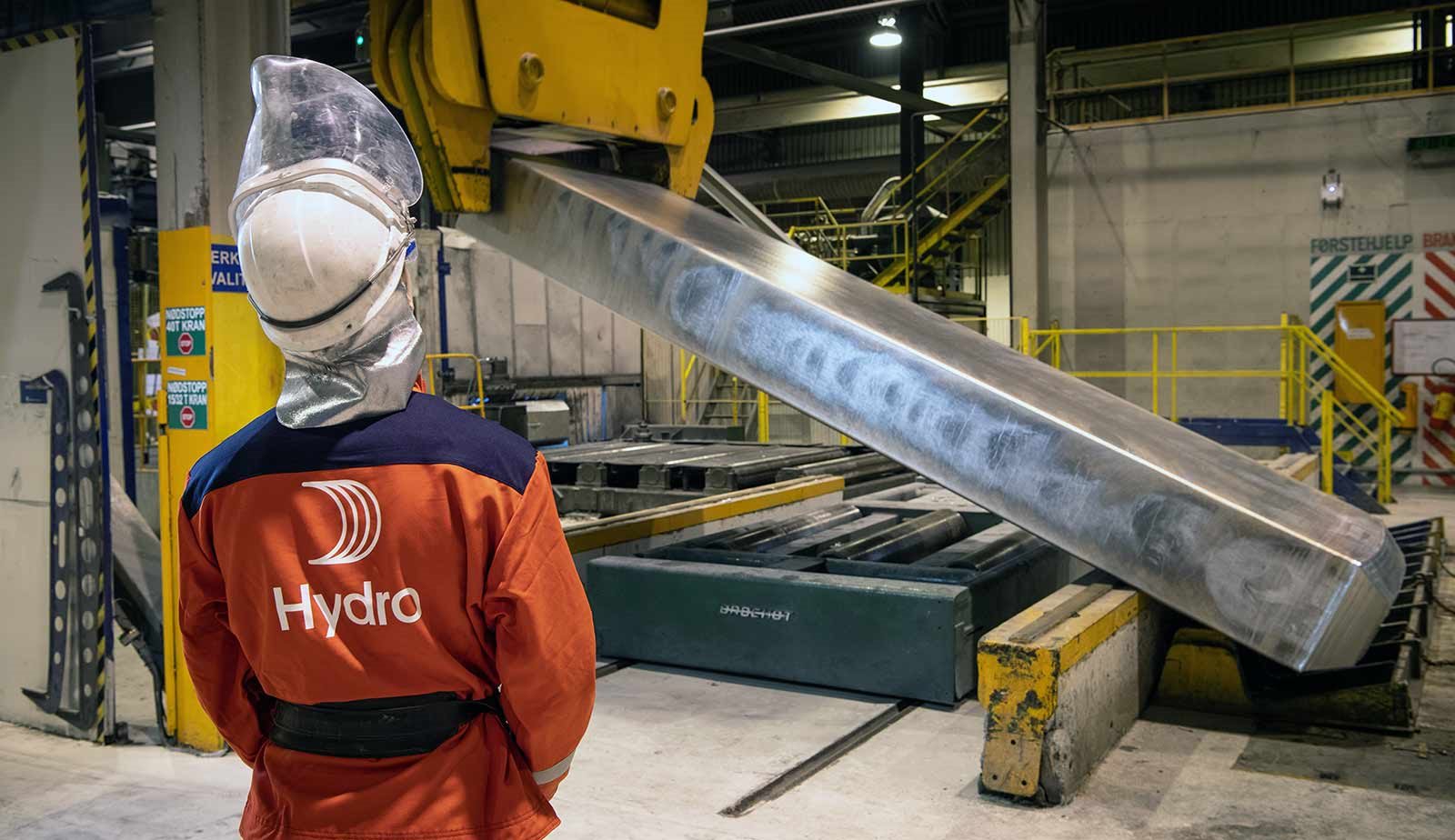
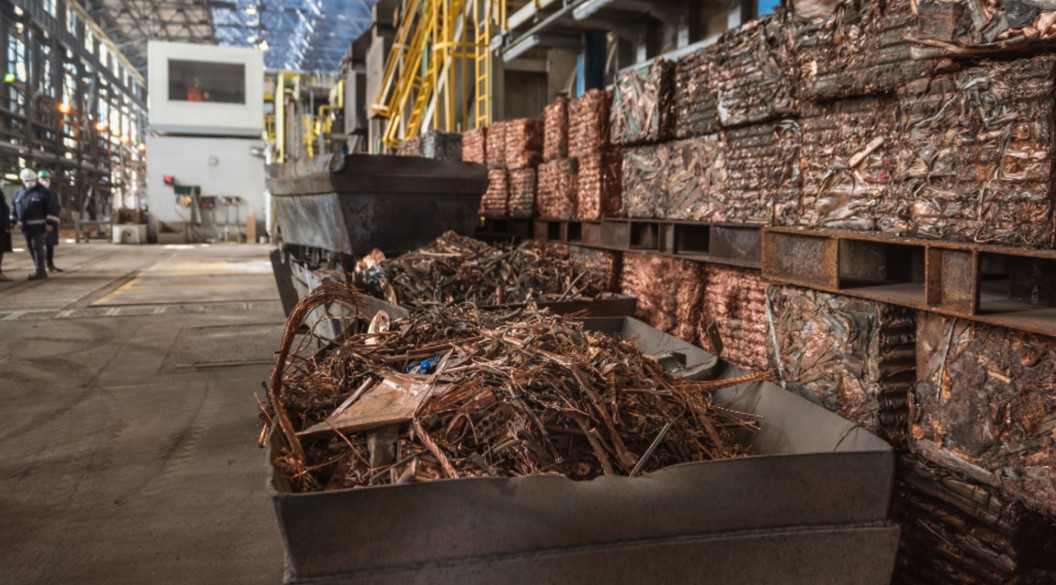


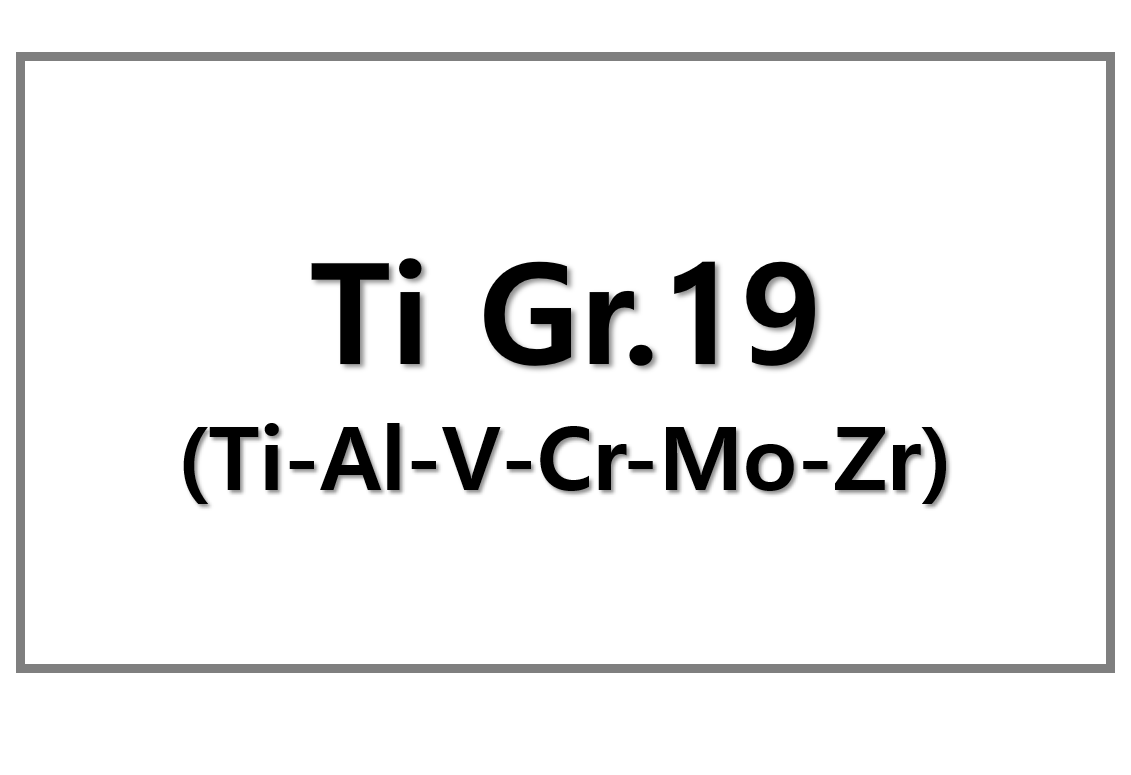
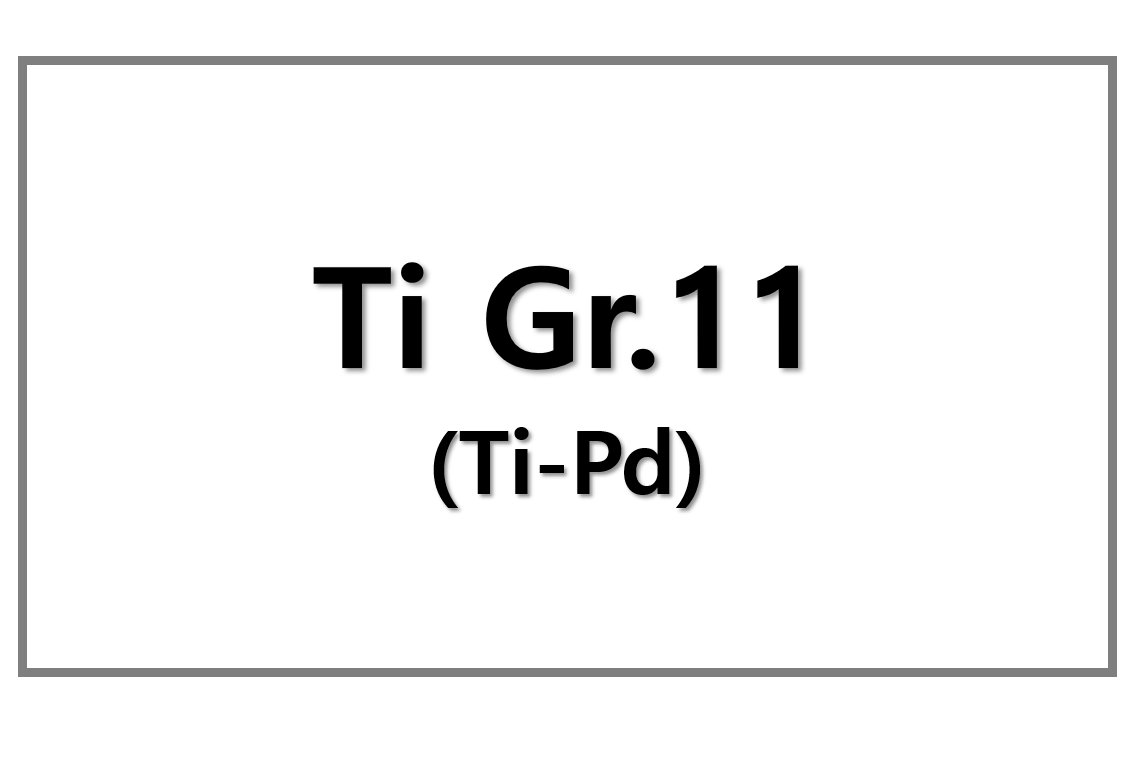
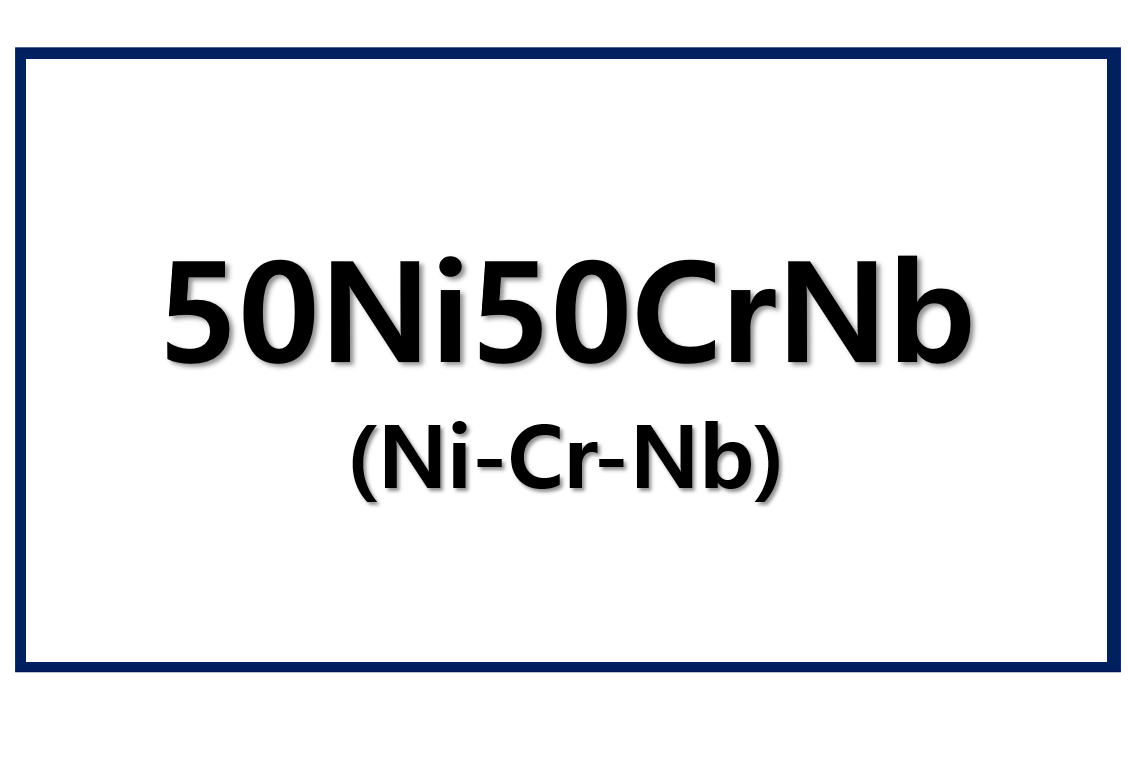
Leave a Reply
You must be logged in to post a comment.